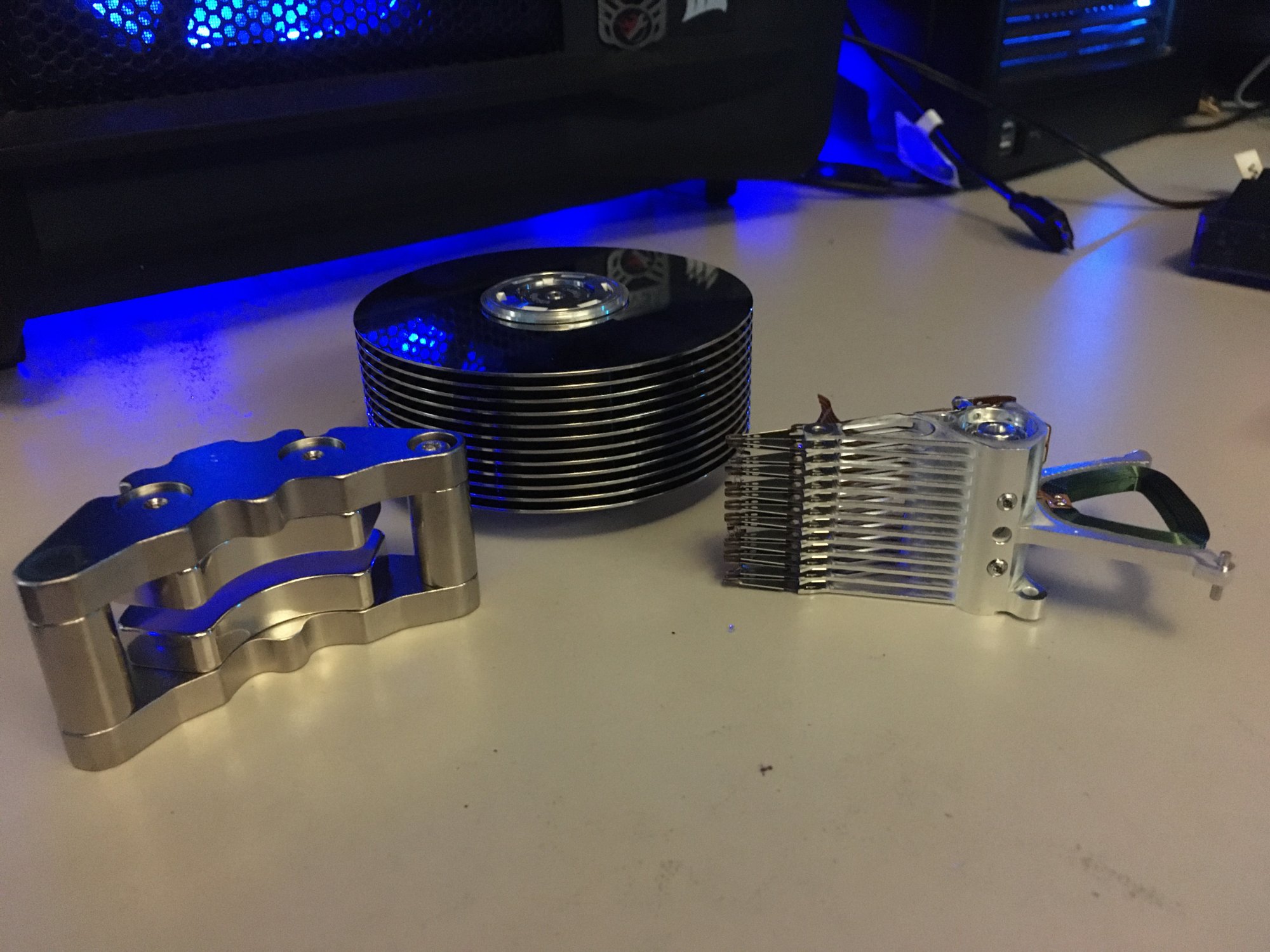Jedibeeftrix
Limp Gawd
- Joined
- Dec 1, 2016
- Messages
- 153
We got 5tb 2.5inch drives in 2016.
We now have easily available 3.5inch consumer drives at 14tb, nothing exotic.
Feels like we should have got 6tb 2.5inch in 2019, and should at least have seen product announcements for 8tb by now...
Where did it all go wrong?
We now have easily available 3.5inch consumer drives at 14tb, nothing exotic.
Feels like we should have got 6tb 2.5inch in 2019, and should at least have seen product announcements for 8tb by now...
Where did it all go wrong?
![[H]ard|Forum](/styles/hardforum/xenforo/logo_dark.png)
